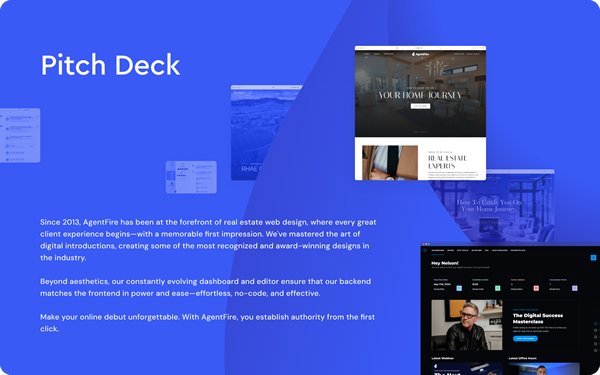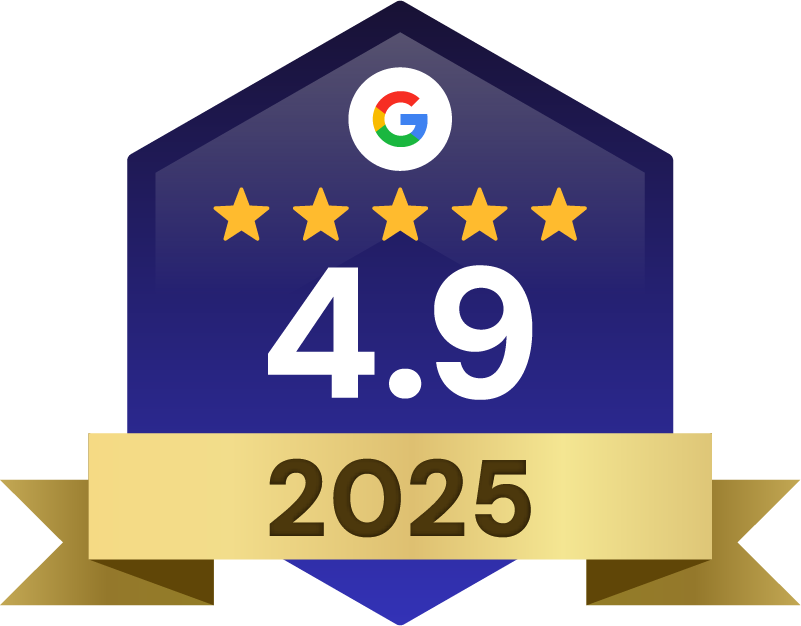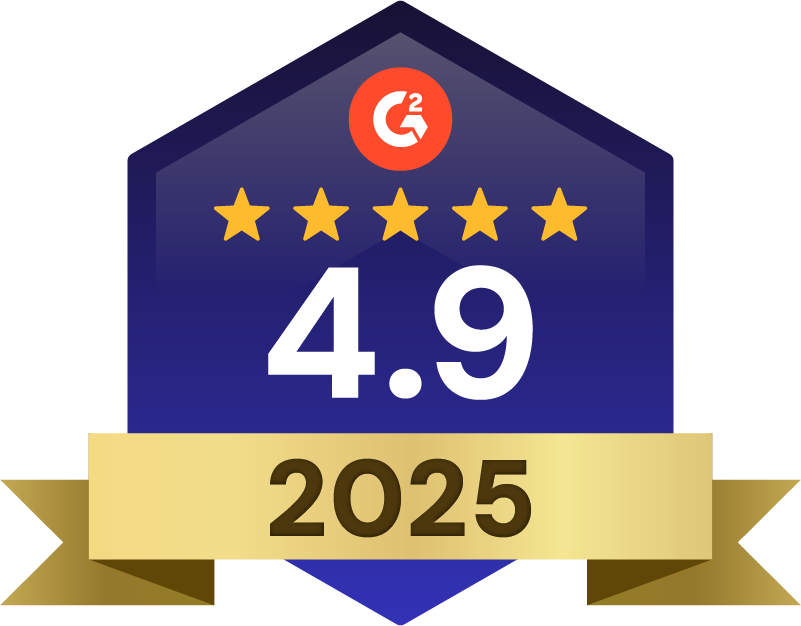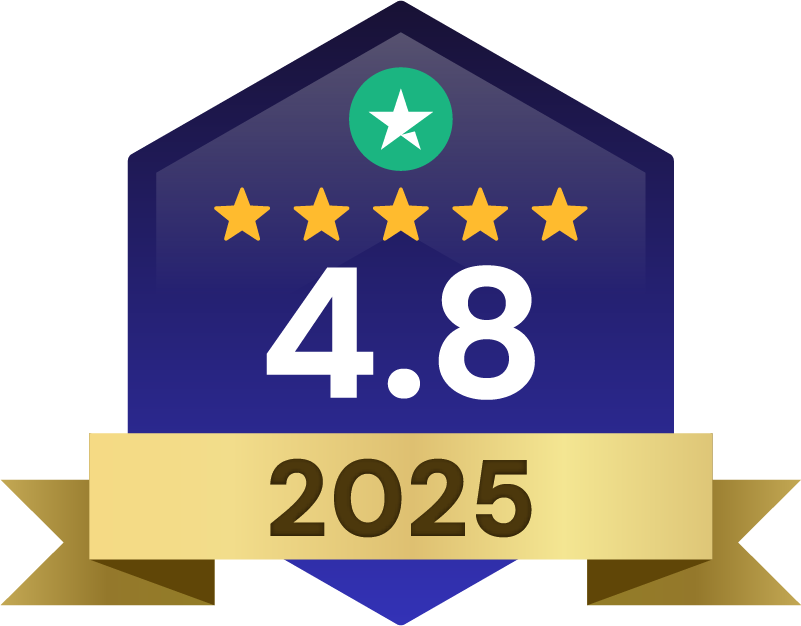Learn how realtors optimize SEO for a second office with proven strategies that boost local visibility without hurting your first location.
Branding & Design Lead Generation Seller Tactics
Opening a second real estate office is a major milestone for any realtor or brokerage. It represents growth, new revenue opportunities, and a chance to serve clients in multiple communities. However, it also introduces unique SEO challenges. Managing multiple offices means catering to different local markets without “cannibalizing” your existing office’s online visibility. You need to capture attention in each region, maintain your established brand identity, and ensure you maximize your reach in local search.
This comprehensive guide covers how to optimize your SEO for a second real estate office—from setting up a separate Google Business Profile (GBP) to leveraging social media and building local authority. Whether you’re launching your second office or seeking ways to refine your multi-location strategy, this article will help you attract quality leads in every market you serve.
Why Local SEO Matters for Multiple Offices
SEO for a second office isn’t as simple as duplicating what worked for the first. Each location has its own real estate conditions, local search habits, and competitive landscape.. Plus, search engines like Google want to deliver the most relevant results to users based on where they live or do business.
When you add a second location into the mix, potential pitfalls include:
- Keyword cannibalization: Running two highly similar pages could cause them to compete for the same keywords, leading to possible keyword mistakes that dilute your search rankings.
- Conflicting Google Business Profiles: Listing incorrect or inconsistent data (addresses, phone numbers) can confuse Google and undermine your visibility.
- Gaps in hyperlocal content: If you don’t create distinctly local content for your new area, your chance of ranking in that market diminishes.
The primary goal is to ensure each office is adequately optimized for its local community without overshadowing or duplicating the original office’s efforts. You want to expand your brand presence while giving each location the attention it needs to rank.

Setting up the Foundation for Local SEO
A strong foundation is key for each office’s success in local search. This involves a few basic (yet vital) elements: creating a separate Google Business Profile, developing dedicated location pages on your main website, establishing unique on-page SEO, using clear local keywords, maintaining consistent NAP details, and building citations/backlinks.
1. Create Distinct Google Business Profiles
A separate Google My Business for your second office is non-negotiable. GBPs are critical for ranking in Google Maps and local search results, and they offer a robust platform where potential clients can access basic information without visiting your website.
Steps to optimize each Google Business Profile:
- Accuracy is Key: Enter the exact business name, address, and phone number (NAP). Even minor variations (like “Street” vs. “St.”) can create confusion for search engines.
- Location-Specific Photos: Upload pictures of the new office, the team, and local landmarks. Eye-catching visuals can make you stand out among other listed agencies.
- Relevant Categories: Add categories like “Real Estate Agency,” or, if you have a specific sub-niche, choose relevant categories that match your services.
- Encourage Reviews: Ask new clients to leave feedback specifically mentioning the second office. Positive reviews boost trust and relevance for local searches.
- Posts and Updates: Keep each GBP active with local market updates, photos from open houses, and relevant local events. Fresh content signals to Google that your profile is active and helpful.
2. Develop Dedicated Website Pages for Each Office
Housing all your office locations within the same website can strengthen your overall domain authority, but you must create distinct pages for each office. This approach ensures that Google understands you serve multiple areas, and it also makes your site more user-friendly.
Key elements of location-specific pages:
- Hyperlocal content includes describing neighborhoods, schools, local amenities, and other community details. This indicates that you truly know the market and can serve local clients’ needs.
- Interactive Features: Consider embedding maps, walking score widgets, or even local video tours. This not only adds value to the page but also increases the time spent by visitors.
- Clear Navigation: Add a prominent link to the new location page in your main navigation menu or homepage. Make it intuitive for users (and search engines) to find it quickly.
- Testimonials: Include reviews, stories, or case studies from local clients to show success in the new market. This social proof reassures prospective clients in the area.
- SEO-Friendly URLs: Structure your pages logically: e.g., yoursite.com/locations/new-city or yoursite.com/offices/[city-name]. When local keywords appear in the URL, search engines understand the page’s relevance.
3. Implement On-Page SEO Best Practices
Once you’ve built your location page, it’s time to optimize it for local search including:
- Unique Title Tags: For instance, “Leading Realtors in [City Name] | [Your Brand]” might help your page stand out. Avoid generic titles like “Our Second Office.”
- Meta Descriptions: Summarize the unique offerings of this office, mentioning local highlights or specialized services. For example, “Offering exclusive listings and community expertise in [City Name].”
- Heading Tags (H1, H2, etc.): Use headings that highlight local keywords. For instance, an H2 might read, “Why Choose Our [City Name] Office for Your Real Estate Needs?”
- Relevant Local Keywords: Weave in neighborhood and city names, landmarks, or local attractions naturally. For instance, mention properties “near [Famous Park]” or highlight “upscale condos in [Neighborhood]” for specificity.
4. Use Clear Local Keywords
Keywords tie your optimized pages and your GBP listings together, aligning your digital content with what prospective clients search for, including top real estate keywords. Consider:
- Neighborhood Names: Phrases like “[Neighborhood] real estate” or “Trusted realtors in [City].”
- Local Amenities: “Homes near [Popular School]” or “Condos within walking distance of [Shopping District].”
- Localized Trends: If your second office caters to a higher-end clientele, incorporate phrases such as “luxury real estate in [City Name].”
5. Maintain Consistent NAP
Your Name, Address, and Phone number must be 100% consistent across all online platforms—your website, social media pages, real estate directories, and Google Business Profiles.
NAP checklist for each office:
- Website Footer: Consider placing each office’s address and phone number in the footer, or at least on the location page.
- Citations and Directories: Whenever you list the second office on external directories, double-check you’ve used the correct formatting to avoid confusion for search engines.
- Regular Audits: It’s worth reviewing your citations yearly or semi-annually. If you changed any detail—like a suite number—catch those discrepancies right away.
6. Build Local Citations and Backlinks
Quality backlinks can improve your search engine rankings, helping you outrank competitors and establish trust in your second market. For your second office, focus on:
- Real Estate Platforms: Ensure consistent listings on sites like Zillow, Realtor.com, and niche real estate forums.
- Broad Business Listings: Use Yelp, Bing Places, and Apple Maps to extend your reach.
- Local Directories: Join reputable local directories or real estate groups specific to your new area (e.g., city tourism boards or local chamber of commerce).
- Niche Directories: If you’re targeting a specialized market—say short-term rentals, luxury homes, or investment properties—seek directories that cater to this focus. You can real estate niche marketing strategies by positioning your office in front of the right audience.
To grow your backlinks, consider develop relationships with mortgage brokers, moving companies, and interior designers in the new area. In exchange for referrals, these partners may link to your website. You could also sponsor local events and pitch story ideas to local newpapers or real estate magazines about market trends. If published, you’ll likely earn a high-authority backlink.
Maintain Brand Continuity Across Offices
While you want your new office to have a distinct local flair, you also need to preserve your overarching brand identity). Clients should see your second office as an extension of your company’s excellence.
- Replicate Visual Elements: Keep logos, color schemes, typography, and signage consistent. This sense of familiarity helps clients trust that they’ll receive the same high-quality service.
- Aligned Brand Voice: If your brand persona is friendly but authoritative, maintain that tone across all website copy, social media posts, and printed materials. Don’t let each office develop a drastically different style.
- Shared Values: Whether it’s a commitment to ethical business practices, philanthropic endeavors, or hyperlocal expertise—make sure the second office embodies these same values.
Leverage Your Main Site’s SEO Strength
Your primary website is often your most authoritative domain. Here are three powerful ways to leverage your main website’s established authority to boost your new location’s visibility:
- Internal Linking: When publishing new blog posts, include relevant internal links pointing to your second office’s location page. For instance, “Looking to purchase in [New City]? Visit our [New City Office page] to learn more.”
- Cross-Promotion: Announce the opening of your second office on your homepage, in newsletters, or blog articles. Mention local success stories and upcoming events to highlight how it seamlessly integrates into your overall brand.
- Progress Updates: If your second office does something noteworthy—like closing a record sale—highlight it in a news section on your main site. This not only keeps content fresh but also signals to search engines that both pages (the main site and the second office page) remain active and relevant.
Track Results and Adjust
Knowledge is power—especially in SEO. Monitoring your performance helps you refine your approach, identify weak spots, and allocate resources effectively. Over time, small continuous improvements keep your second office ahead of local competitors.
Set up Google Analytics to differentiate traffic between offices and consider how to better measure website ROI using:
- Custom Segments: By tagging your second office’s location page and associated content, you can break down traffic sources, user behaviors, and conversions. This reveals where improvements are needed.
- UTM Parameters: For links in newsletters, social ads, or sponsored community events, add UTM codes to track exactly which campaigns drive traffic to the second office.
- Focus on Local Metrics: Keep a close eye on user geography, bounce rates, and goal completions for each office page. By comparing data points between offices, you can detect if one location outperforms the other—and apply insights accordingly.
As static pages quickly grow stale, regular content updates reinforce your local authority in the second office’s market. Consider including local market reports such as neighborhood price data, housing trends, community news, city policies and other changes to show you’re on top of the changing real estate landscape.
Engage with Social Media for Both Offices
Social media is a powerful funnel for local SEO, brand visibility, and community engagement. Often, potential clients will check your social profiles even before diving deep into your website, so be sure to implement social media strategies. Creating a robust, localized social media presence for your second office boosts trust.
Create Location-Specific Social Media Accounts
Consider dedicating separate social media profiles for your second office to tailor content directly to that community:
- Local Insights: Highlight upcoming neighborhood events, local market fluctuations, or relevant municipal developments (like new zoning laws).
- Area-Specific Hashtags: If your second office is in Dallas, use tags like #DallasRealEstate, #DallasHomesForSale, or #DowntownDallasCondos. This helps capture hyperlocal audiences.
- Unique Branding Elements: Add an office or city reference in the handle or account description, so visitors know quickly that it’s the official account of your second location.
Use Short-Form Videos, Stories, and Reels
Platforms like Instagram, TikTok, and Facebook Reels allow quick bursts of video content, which can be particularly effective for real estate:
- Office Showcases: Offer behind-the-scenes tours of the new office. Introduce the team, capture the décor, and show how accessible or welcoming the location is.
- Community Spotlights: Review local restaurants, parks, or attractions near your office. Tag or mention these establishments and they may share your post, broadening your reach.
- Short Market Updates: Deliver quick, digestible updates about local housing inventory or mortgage rates.
Encourage Location-Specific Reviews
Reviews are also a key part of your client feedback loop. Boosting the second office’s reputation through targeted, positive feedback can significantly impact how it ranks and how clients perceive it.
- Streamlined Review Process: Provide direct links or QR codes to the correct GBP listing in your follow-up emails or printed materials. Make it as easy as possible for satisfied clients to leave feedback.
- Hyperlocal Mentions: Request that clients reference the exact office location in their review. For instance, a mention like “The [City Name] office team did a fantastic job finding our dream home!” helps with local relevance.
- Showcasing Testimonials: Post the best reviews on your location page or social media accounts. Celebrate local success stories to build credibility.
- Thoughtful Responses: Whether it’s praise or criticism, respond quickly. Thank people for positive comments and offer solutions to any negative feedback. This approach shows you value client opinions and fosters trust.
Final Thoughts
Expanding to a second office represents an exciting growth milestone, but success requires thoughtful digital strategy execution. Implementing the strategies outlined in this guide—from distinct Google Business Profiles to hyperlocal content and consistent branding—will help you establish a strong online presence that serves both locations effectively while maintaining your brand’s unified voice.
Ready to take your multi-office presence to the next level? Book a Demo with AgentFire today, and let our team of experts guide you through implementing these strategies effectively. We’ll help you build a powerful online presence that drives growth across all your locations and positions your brand for continued expansion.


![How Realtors Optimize SEO for a Second Office [2025]](https://agentfire.com/wp-content/uploads/2025/01/agentfire2.jpg)



